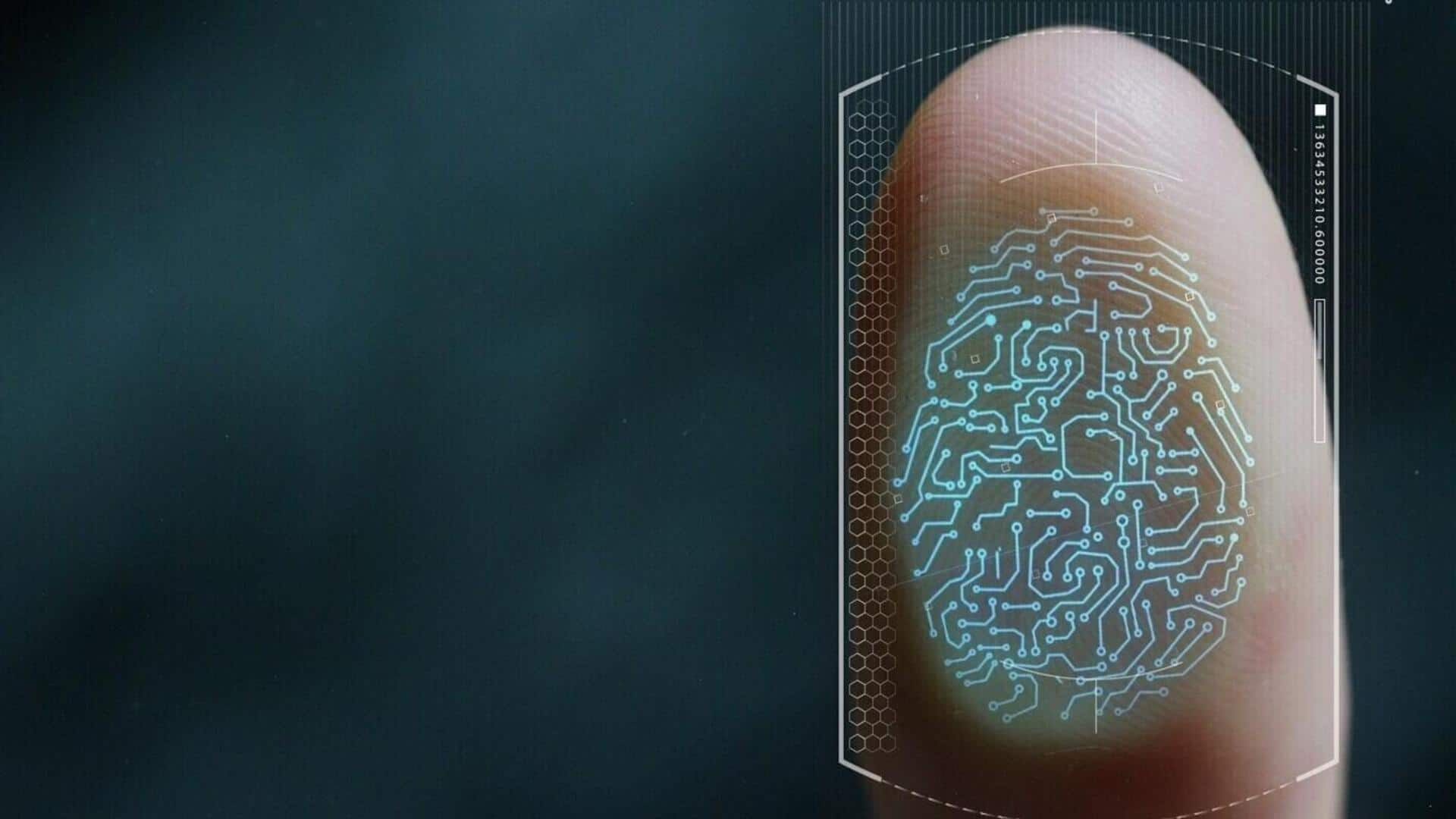
This nanomaterial could transform forensic investigation by improving fingerprint detection
What's the story
A team of researchers has developed a fluorescent nanoparticle, that can significantly enhance the detection of latent (non-visible) fingerprints at crime scenes. The study, conducted at Diamond's labSAXS, utilized a unique combination of materials including MCM-41, chitosan, and dansylglycine to investigate these hidden fingerprints. This innovative approach has the potential to transform forensic science, by allowing for more accurate and efficient identification processes in criminal investigations.
Versatility
Nanoparticles adhere to fingerprint residues on various surfaces
The nanoparticles developed in this study have unique properties that enable them to stick effectively to fingerprint residues, even those that are aged. They can be used on a variety of surfaces such as metal, glass, plastic, and complex objects like polymer banknotes. This versatility allows for their potential use directly at crime scenes without the need for laboratory facilities, offering a significant advantage over some existing reagents.
Image quality
They produce high-quality fingerprint images
The nanoparticles can produce high-quality images of fingerprints, with most meeting the UK Home Office standards for successful identification. This new method captures finer details of a fingermark, making it easier to identify individuals. The research was published in a Royal Society of Chemistry paper, highlighting that this new nanomaterial has proven to be an effective and versatile tool for visualizing fingermark evidence.
Research approach
Research strategy and development of new nanomaterial
Professor Adriana Ribeiro from the Federal University of Alagoas explained their research strategy, stating that few studies have used chitosan for detecting and enhancing latent fingerprints. The team exploited the high surface area and surface modification characteristics of MCM-41, to enhance the interaction between the development reagent and fingerprint residue. This international collaboration resulted in a new nanostructured hybrid material, MCM-41@chitosan@dansylglycine, that combines mesoporous silica nanoparticles with a fluorescent dye (dansylglycine), and chitosan derived from crustacean exoskeletons.
Method limitations
Traditional fingerprint development methods and their limitations
Latent fingerprints require physicochemical development techniques to enhance their visibility for forensic purposes. Traditional methods for developing fingerprints involve optical, physical, and chemical processes that interact with the fingermark residue. However, these methods often struggle to produce high-quality results under certain conditions. The new nanoparticle-based approach aims to overcome these limitations by providing a more effective solution for visualizing latent fingerprints on various surfaces.
Assessment process
Quality assessment of enhanced fingerprints using nanoparticles
For quality assessment of the enhanced fingerprints, researchers analyzed the developed pictures using the UK Home Office scale and forensic protocols. They also used specialist forensic software to examine their constituent features (minutiae). Professor Robert Hillman from the University of Leicester stated that across a wide collection of marks deposited on chemically diverse surfaces, most of the enhanced pictures presented sufficient minutiae for comparison with model dactyloscopy images.